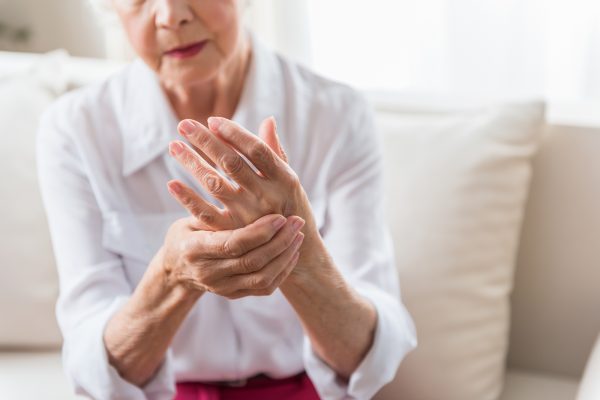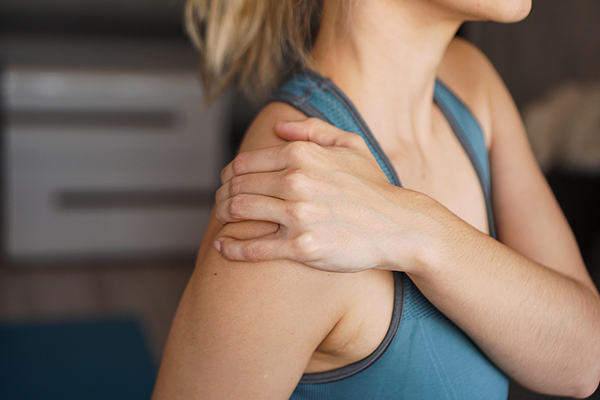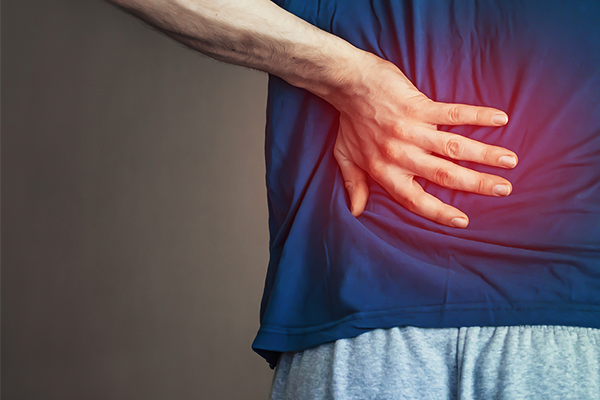If you are someone who suffers from joint pain, you may have noticed changes in the severity of this pain associated with changes in the weather. You may also have a friend or relative with arthritis who seems to be able to predict changes in the weather based on the pain in their joints. So is there a true link between joint pain and weather changes?
There is no consensus on a scientific link between joint pain and weather changes. Yet, based on anecdotal evidence from patients, many experts believe there may be a link between the two. In a study published in the journal Pain, two-thirds of people living with chronic joint pain in San Diego, Nashville, Boston, and Worcester, Massachusetts, believed there to be a link between their pain and weather changes. Many patients will attribute any worsening in their pain to cold, damp, or rainy weather. However, most scientists believe that the most likely association between weather changes and joint pain is related to barometric pressure. Barometric pressure is the weight of the atmosphere that surrounds us. Barometric pressure often drops before bad weather sets in. This lower air pressure pushes less against the body, allowing tissues to expand, and these expanded tissues can put pressure on our joints. This affects everything within the joint, including the joint lining, called the synovium, as well as the ligaments within it. All of these tissues have nerve endings in them, and patients may experience changes in the weather as tightness or stiffness within the joint. Furthermore, patients with chronic pain may have nerves that are more sensitized due to injury, inflammation, scarring, or adhesions, and they may be more sensitive to these pressure changes. A similar phenomenon has been noted in patients with migraine headaches, who also note changes in their symptoms related to weather patterns. Barometric pressure changes, as well as changes in humidity and temperature, might affect the pressure in the brain, or the way the brain blocks pain.
Nonetheless, the link between joint pain and weather changes remains hypothetical, although barometric pressure appears to be the most likely explanation. Regardless of the science behind it, if you are experiencing worsening joint pain with weather changes, it is real to you. So what can you do to minimize your joint symptoms as the weather changes?
1. Stay warm.
Dressing in layers, keeping your home heated, and warming up the car before getting in can help ease pain related to cold weather, according to the National Institutes of Health. Applying a heating pad to your painful joints can also help.
2. Try to prevent swelling.
Warmth may help with joint pain, but not necessarily swelling. If bad weather worsens arthritis in your hands or knees, try wearing spandex gloves or a neoprene knee sleeve to keep fluid out of the joints.
3. Keep moving.
Before going outside during cold weather, try exercising your painful joints to loosen them up. Stretching indoors and jogging in place (especially if you are going for a run), as well as heat creams and heating pads, can help loosen up stiff joints. Make sure you warm up well to stretch out tight muscles prior to athletic activity in cold weather and wear protective clothing to keep the muscles and joints warm during outdoor exercise.
4) Realize that the pain is temporary.
Weather-related pain is typically short-lived. Most people will notice that their joints tend to adjust to the weather changes. Your joint pain should return to normal as the weather changes.





